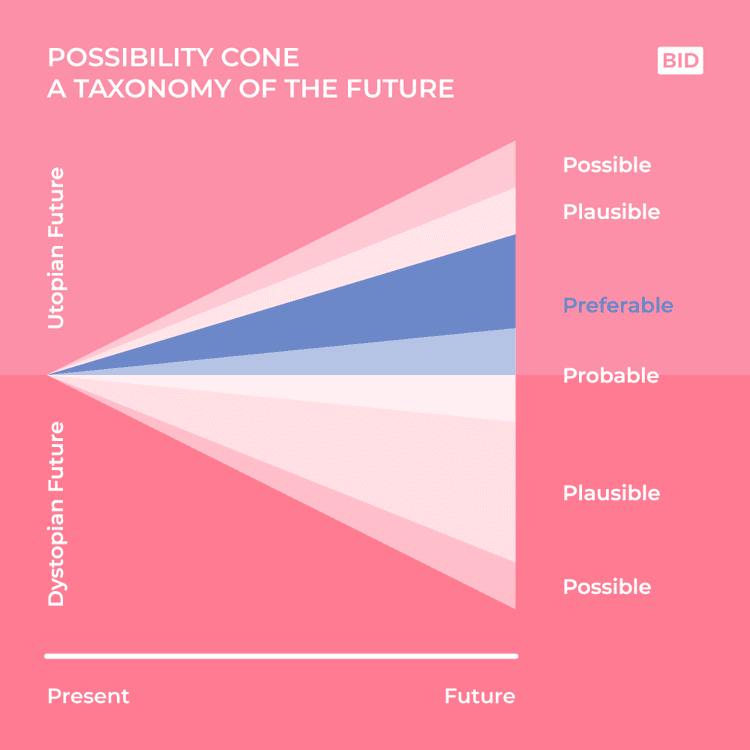You Are Not Tapping On The True Potential of Scenario Planning
5 min read
Scenario planning should not only be used as a one-time future visioning exercise for business leaders, but as a continuous activity for everyone.
What is scenario planning?
Scenario planning is a disciplined method for developing different views of the future that can be used to understand uncertainty and make decisions under uncertainties - rather than assumptions.
The purpose of scenario planning is not for prediction or forecasting, but to anticipate the future we wish to create and avoid being taken by surprise.

How is scenario planning used for future visioning in organizations today?
Scenario planning is typically held as a workshop activity between the futurist and senior executives in large enterprises and government agencies.
In the workshop, they seek to understand the trends and the future of the industry, develop a shared understanding of the uncertainties surrounding their organization, and assemble plausible patterns that produce future outcomes.
The future outcomes include multiple scenarios:
- Possible future scenarios that might happen.
- Plausible future scenarios that could happen.
- Probable future scenarios that are likely to happen.
- Preferable future scenarios that are desired to happen.
These future scenarios can either be both positive or negative condition to the organization.
Finally, senior executives would take calculative bets which future to bet on, and is translated as multi-year business strategy.
Have a look at some examples of innovations that address the outcomes of scenario planning.
With scenario planning applied in future visioning, organizations can futureproof the organization and achieve continuous growth.
How can scenario planning be democratized?
Macro one-time vs micro continuous scenario planning.
Scenario planning applied in future visioning is a one-time macro exercise.
But scenario planning has to be democratized to the working level that can be used in all sorts of tasks across functions and levels.
This means applying scenario planning at a micro level as a continuous activity.
Here are some examples how scenario planning can be democratized at the working level for different strategic functions:
Product design
- What happens when users type in information more than the text field?
- What happens when users accidentally click on the "submit" button before they are ready to submit?
Sales
- What happens if a potential customer wants to try our product beyond the 30-day free trial due to red tapes?
- What happens if a potential customer is interested in the non-exclusive reseller bundle offer?
Marketing
- What happens if our paid influencer also promotes our competitors' products?
- What happens if we sold out before launch?
Customer support
- What happens when users get the wrong item shipped (the order has been mixed with another order)?
- What happens when customers want to return a product but found out that they have used it already?
Legal
- What happens when there are so many applications to process that it would take a week just to get through them all?
- What happens if there is a sudden change in law or regulation regarding our cryptocurrency launch?
Human capital
- What happens if our new hire does not like the office environment or the co-workers?
- What happens when one of our long-term employees is recruited by another company and wants to leave us early?
As you can see these are scenarios are valid and must be addressed by teams.
But first, teams need to identify the questions to prevent and mitigate future issues, as well as anticipating future opportunities.
This requires a mindset shift towards continuous scenario planning where teams must think in terms of "what happens when" or "what if".
To end this - Scenario planning is a large macro activity that can be democratized to continuous micro activities.
If used every day, teams can avoid being taken by surprise, navigate uncertainties and anticipate decision-making when the scenarios happen in the future.
Give it a try. Think "what happens when" or "what if" for both positive and negative scenarios.